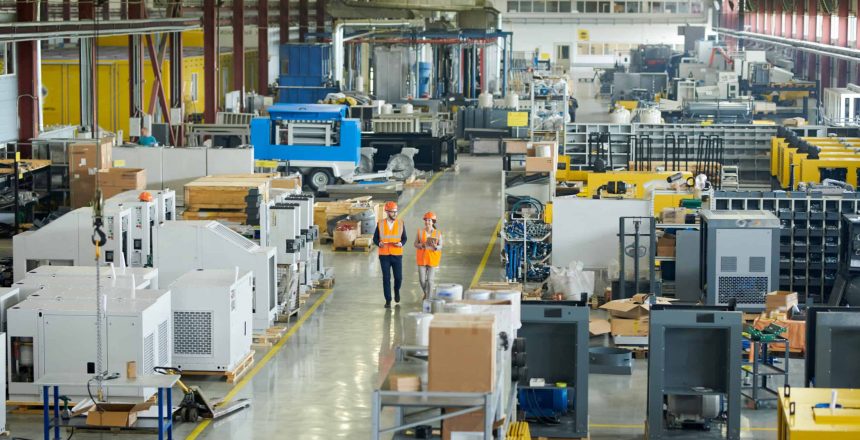A funny thing happened on a sales call today. A customer who ships out high tech projection screens worth tens of thousands of dollars per pallet asked me, “So, how much is your stretch film going to cost me?” My answer without hesitation was, “Why should you care?” If you’re handling expensive hardware that cost thousands of dollars each, what’s the point in saving $10-20 dollars on a pallet of film? All the film savings in the world won’t make up for lost profits if those products are damaged!
We have to develop a more comprehensive view of the entire manufacturing, packaging and shipping process if we hope to calculate the individual costs accurately.
Any customer who is hand-wrapping 10 or more pallets per day will find positive return on investment with a semi-automatic wrapping machine. Between minimization and/or elimination of freight related issues and losses, the film and labor savings provide a great ROI even in a low-volume environment.
What value do professionally wrapped, consistent loads have for your customers?
Even if a business is just processing a handful of loads per day, the nature of the load may require a very specific wrap pattern or level of containment to ensure the products survive multiple handlings during shipment.
For example, let’s say you’re a company that manufactures fire hydrants. There’s no earthly way that you’re going to secure those to a pallet with hand-wrapping.
So, what are the downsides of hand-wrapping pallets? Here are 6 factors to consider:
- Injury risk and ergonomics problems: Backing up in a circle is how most hand-wrapping gets done. The dangers of repetitive motion injury and lack of visibility are just two good reasons not to rely on hand-wrapping.
- Wasted film: Hand-wrap film is typically stretched from 10% to 50%, but one of the challenges is that it’s a completely interpretative event based on the person doing the hand-wrap. A wrapping machine can yield the film into a targeted performance zone with more consistent load integrity.
- Higher labor costs: It takes approximately two minutes [best-case scenario] to wrap an 80-inch load. At 100 loads per day, that’s 200 minutes of labor at your daily rate.
- Inconsistency: Ask yourself: “Why am I trusting my most lightly tenured and lowest-paid individuals to determine the outcome of my valuable product shipments?”
- Load challenges: Once you get beyond shoulder height, it’s a real challenge to wrap the top of a high pallet load, and this provides the greatest opportunity for repetitive motion injuries and weak load security.
- Inability to effectively capture the pallet to create an integrated shipping unit: Just by virtue of simple physics, the idea of attaching the pallet to the load is almost impossible to do by hand. Someone’s going to end up with bloody knuckles or the load will not be secure enough.
When it comes to wrapping pallets we should all consider adopting these 3 key directives:
- Contain the load based on handling & transit requirements
- Attach the pallet to the load so they remain secure through shipping and distribution
- Do all of this as economically as possible
But aren’t there circumstances where hand-wrapping is appropriate?
Yes, there are. Many times hand wrapping is essential, even in facilities where they mostly rely on machine wrapping.
For example, some companies receive loads from overseas in shipping containers and there are no pallets. In these cases, the operators need to palletize the goods after they offload them and prepare them for storage in the warehouse.
In many instances, these pallets of goods are simply short-term inventory. The pallet will get built and a cursory hand-wrap will hold the load as it sits in the warehouse. At this level, the biggest need is to secure the load as it sits in the warehouse because it’s not being prepped for shipment.
Or, perhaps a picker is stacking the pallet to fill an order. He or she may have to stop and wrap that pallet to hold it together while they complete the order.
So, even in environments where machine wrap is the rule, hand-wrapping is still necessary once in a while. However, the reality is any customer wrapping 10 or more pallets per day will enjoy a significant return on investment if they only switch to a semi-automatic wrapping machine.
Want to learn more about the upsides of machine wrapping your loads? Talk to us first! Increasing operational efficiency is what we do best.
